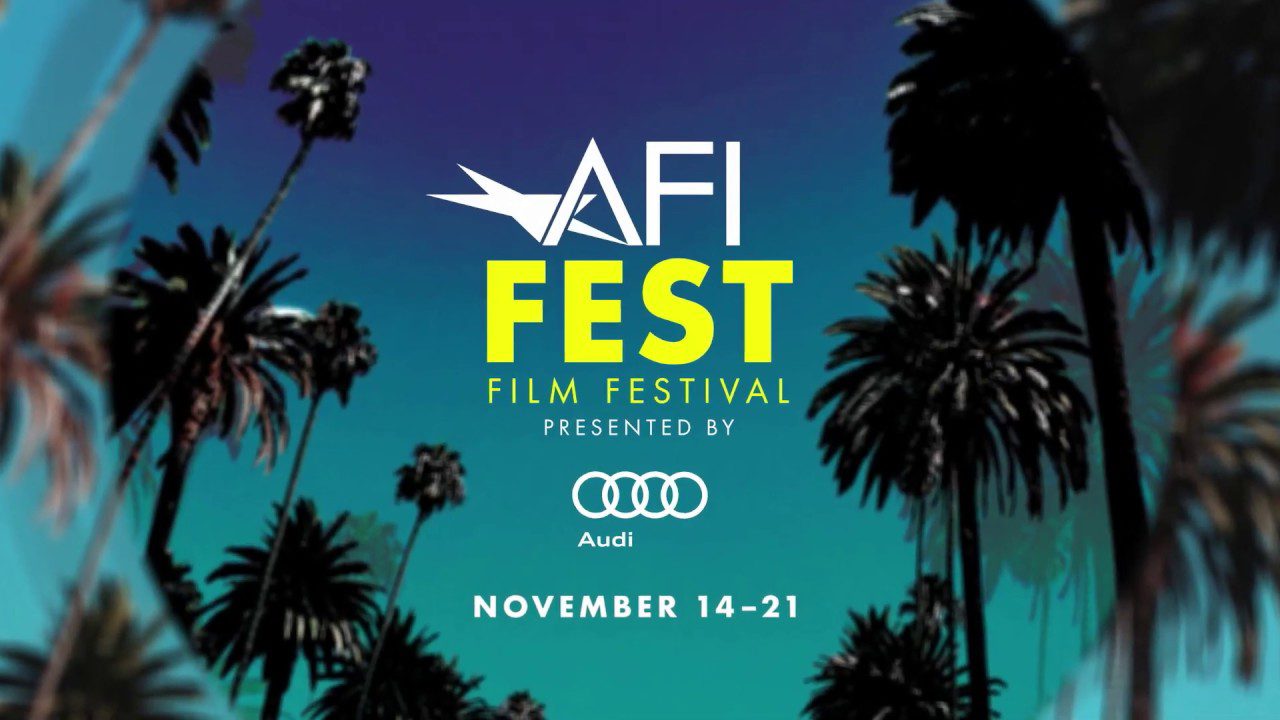Another AFI FEST has come and gone, and despite an unprecedented last-minute scheduling change (The Banker being pulled as the closing night film and swapped with Marriage Story) and the decision to charge for admission, this year’s festival continued to showcase the best in global cinema. The complete program included 143 titles, of which 51% were directed by women, and represented 52 countries. Below are a couple of films that stood out to us.
The Song of Names
Director François Girard has become the go-to voice of music movies. Most known for his direction of the Oscar-winning film The Red Violin, Girard’s entire filmography is richly layered with a love for classical music of all types. With his latest film, The Song of Names, he is back to nearly the same scope as that film: a multi-continent, multi-generation odyssey revolving around a single piece of music.
The film centers two boys, Martin and Dovidi, each played by 3 actors over the course of the film’s nearly 40-year timeline, with the final pair being recognizable faces Tim Roth and Clive Owen respectively. Both musical students, Dovidi becomes an adopted brother of Martin’s affluent British family in an effort to maximize his talents on the violin. As time unfolds, and tragedies of World War II strike, the brothers’ relationship ebbs and flows. Ultimately, a single piece of music, (fictional though rooted in historical accuracy), known as The Song of Names, becomes central to their relationship, in unexpected ways.
Being this is a film foremost with music aficionados in mind, and centering on a fictional piece of music, the film enlists the legendary Howard Shore to compose the film’s score, and most importantly, the titular Song of Names. According to the Q&A at AFI Fest (the film’s West Coast premiere), Shore spent nearly 2 years writing this piece of music, taking extensive time to research a period-accurate style, while still adding something new that fits within the film’s story. What the song he creates is, you’ll have to see for yourself.
It’s rare that non-tentpole movies aim for such a sweeping scale, let alone achieve it effectively. You can see storytelling components that may work better in a novel, given the stretching time and also largely internal conflicts that characters face. However, I have trouble imagining a book version without being able to hear that music, which ultimately elevates the story to greater heights. The music is the star here, and aficionados will be ecstatic to watch it unfold, but even those unfamiliar will undoubtedly find plenty to appreciate here. The surrounding film is an approachable, sturdily made drama on the brink of an epic scale.
Anne at 13,000 Ft.
In the streaming era with studios clamoring for any possible way to get audiences to see their movie in the theaters (preferably on opening weekend), there is an extra emphasis added to the big-screen experience. The trailer for Ready Player One included a quote that spelled it out without any veil: “See this on the biggest screen possible.” Any cinephile I know values the experience of seeing a film in this way, and this preference is not even limited to blockbusters.
That being said, for every rule there is an exception, and with Anne at 13,000 Feet, the exact opposite recommendation is true. For those seeking out Kazik Radwanski’s latest film, I would break ranks and advise seeing this film on a small screen at home.
Within minutes, Radwanski’s signature visual style is made clear, and it’s apparent to viewers that the film will not break from its created form for the entire runtime. Every single shot is a close-up. A handful of movies have employed this style, often successfully. The brilliant Oscar winner Son of Saul comes to mind. However, while previous entries have utilized smooth motion as a means to compensate for a jarring visual approach, Anne takes no such mercy: on top of being entirely close-ups, the film is seemingly entirely handheld and shakes up the viewer Paul Greengrass-style. This gives the film an authentically independent feeling, and we get to know the protagonist Anne intimately through constantly seeing her from 6 inches away. In this sense the film is effective, but to see this on a big screen is nauseating, even for viewers with a strong stomach. There’s a clear irony laid out: in a film where the character’s primary catalyst for excitement and change is sky-diving and therefore thousands of feet away from the world, we spend our entire time seeing her less than a single foot away from us. The effect is compelling for a short duration but takes a toll on the viewer. In today’s version of things I never expected to say, I imagine seeing this at home would make for a more enjoyable experience.
As far as the story itself, the film is a loose look at a woman’s slow corrosion amidst the social pressures that surround her. Co-workers, family, friends, and her new boyfriend each play a role in this slow-motion breakdown, and it becomes clear to the viewer she is in need of help that she may never get. The result is an intimate portrayal of internal chaos, with ambiguity to let the viewer come to their own conclusions. As you can see, it’s impossible to divorce the subject from the style here. This unique approach that the filmmakers are committed to will work for some audiences. For me, I can’t help being reminded of the quote, “if every shot is a close-up, no shot is.”
H. Nelson Tracey
Nelson is a film director and editor from Denver based in Los Angeles. In addition to writing for Cinemacy, he has worked on multiple high profile documentaries and curates the YouTube channel "Hint of Film." You can check out more of his work at his website, hnelsontracey.com



